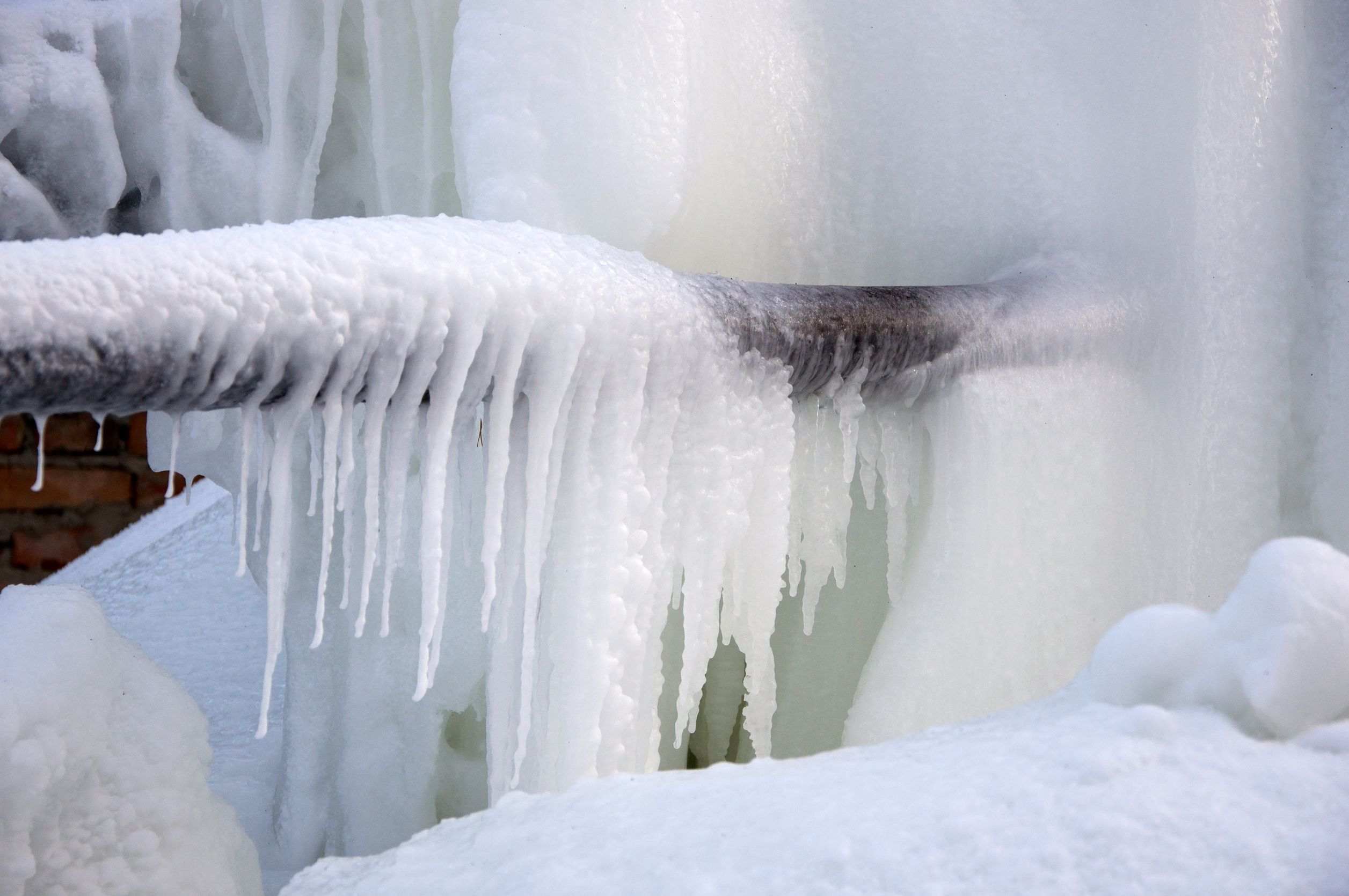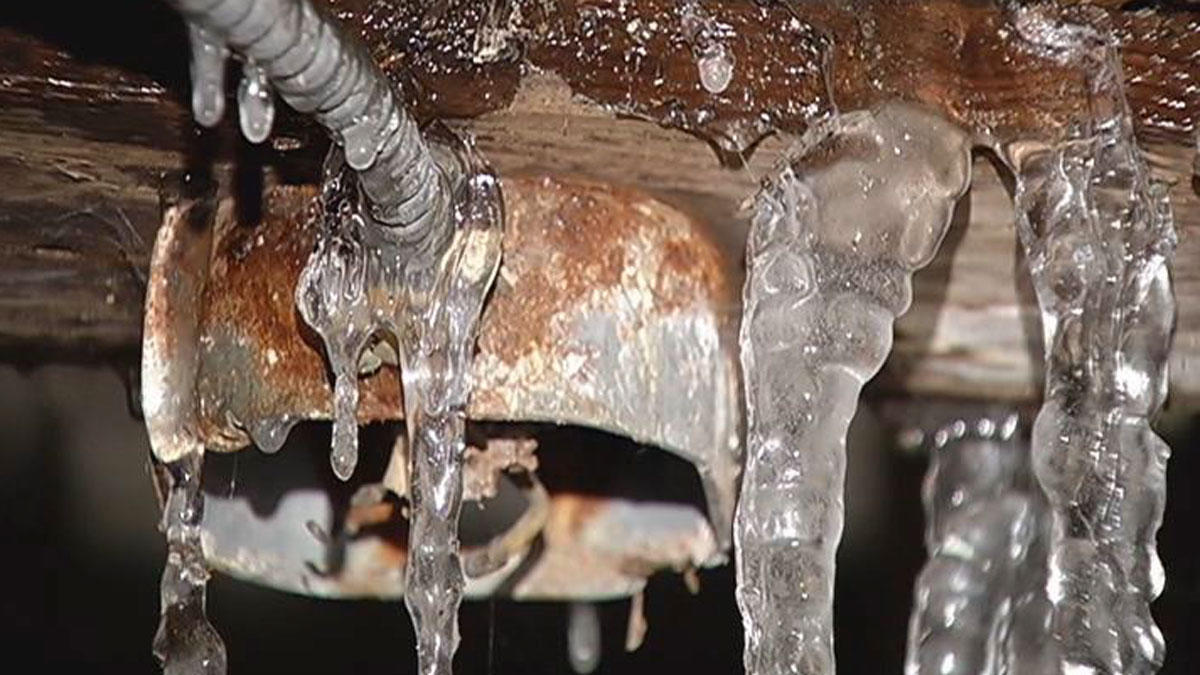Preventing Frozen Pipes in Winter: Professional Strategies
Preventing Frozen Pipes in Winter: Professional Strategies
Blog Article
What are your insights and beliefs on How to prepare your home plumbing for winter weather?

Winter can ruin your pipes, specifically by freezing pipes. Right here's how to avoid it from occurring and what to do if it does.
Intro
As temperatures drop, the risk of icy pipelines boosts, potentially resulting in pricey repairs and water damages. Recognizing how to avoid icy pipelines is critical for property owners in chilly climates.
Recognizing Frozen Pipelines
What triggers pipes to ice up?
Pipes ice up when exposed to temperatures listed below 32 ° F (0 ° C) for expanded durations. As water inside the pipes ices up, it increases, putting pressure on the pipe walls and potentially creating them to break.
Dangers and damages
Frozen pipes can cause supply of water interruptions, residential or commercial property damage, and costly repairs. Ruptured pipes can flood homes and trigger extensive structural damage.
Signs of Frozen Pipeline
Determining frozen pipes early can stop them from breaking.
Exactly how to determine icy pipes
Search for lowered water circulation from taps, unusual smells or sounds from pipes, and visible frost on subjected pipes.
Prevention Tips
Protecting at risk pipelines
Cover pipelines in insulation sleeves or use heat tape to secure them from freezing temperature levels. Focus on pipelines in unheated or external areas of the home.
Home heating techniques
Maintain indoor areas sufficiently heated up, particularly areas with pipes. Open cabinet doors to permit cozy air to distribute around pipelines under sinks.
Protecting Exterior Plumbing
Yard tubes and outdoor faucets
Separate and drain pipes garden hoses before wintertime. Set up frost-proof faucets or cover outdoor taps with insulated caps.
What to Do If Your Pipes Freeze
Immediate actions to take
If you presume frozen pipelines, maintain faucets available to relieve stress as the ice melts. Utilize a hairdryer or towels soaked in hot water to thaw pipelines gradually.
Long-Term Solutions
Architectural adjustments
Think about rerouting pipes far from exterior walls or unheated locations. Add added insulation to attics, basements, and crawl spaces.
Upgrading insulation
Invest in high-quality insulation for pipelines, attic rooms, and wall surfaces. Proper insulation aids keep regular temperatures and lowers the risk of frozen pipes.
Final thought
Stopping icy pipelines requires positive steps and fast actions. By comprehending the causes, indications, and preventive measures, homeowners can safeguard their pipes throughout winter.
5 Ways to Prevent Frozen Pipes
Drain Outdoor Faucets and Disconnect Hoses
First, close the shut-off valve that controls the flow of water in the pipe to your outdoor faucet. Then, head outside to disconnect and drain your hose and open the outdoor faucet to allow the water to completely drain out of the line. Turn off the faucet when done. Finally, head back to the shut-off valve and drain the remaining water inside the pipe into a bucket or container. Additionally, if you have a home irrigation system, you should consider hiring an expert to clear the system of water each year.
Insulate Pipes
One of the best and most cost-effective methods for preventing frozen water pipes is to wrap your pipes with insulation. This is especially important for areas in your home that aren’t exposed to heat, such as an attic. We suggest using foam sleeves, which can typically be found at your local hardware store.
Keep Heat Running at 65
Your pipes are located inside your walls, and the temperature there is much colder than the rest of the house. To prevent your pipes from freezing, The Insurance Information Institute suggests that you keep your home heated to at least 65 degrees, even when traveling. You may want to invest in smart devices that can keep an eye on the temperature in your home while you’re away.
Leave Water Dripping
Moving water — even a small trickle — can prevent ice from forming inside your pipes. When freezing temps are imminent, start a drip of water from all faucets that serve exposed pipes. Leaving a few faucets running will also help relieve pressure inside the pipes and help prevent a rupture if the water inside freezes.
Open Cupboard Doors
Warm your kitchen and bathroom pipes by opening cupboards and vanities. You should also leave your interior doors ajar to help warm air circulate evenly throughout your home.

Hopefully you enjoyed reading our excerpt about How to Prevent Your Pipes From Freezing. Many thanks for taking time to browse our piece. Do you know another person who is serious about the niche? Be sure promote it. I truly appreciate reading our article about How to prepare your home plumbing for winter weather.
Get An Estimate Report this page